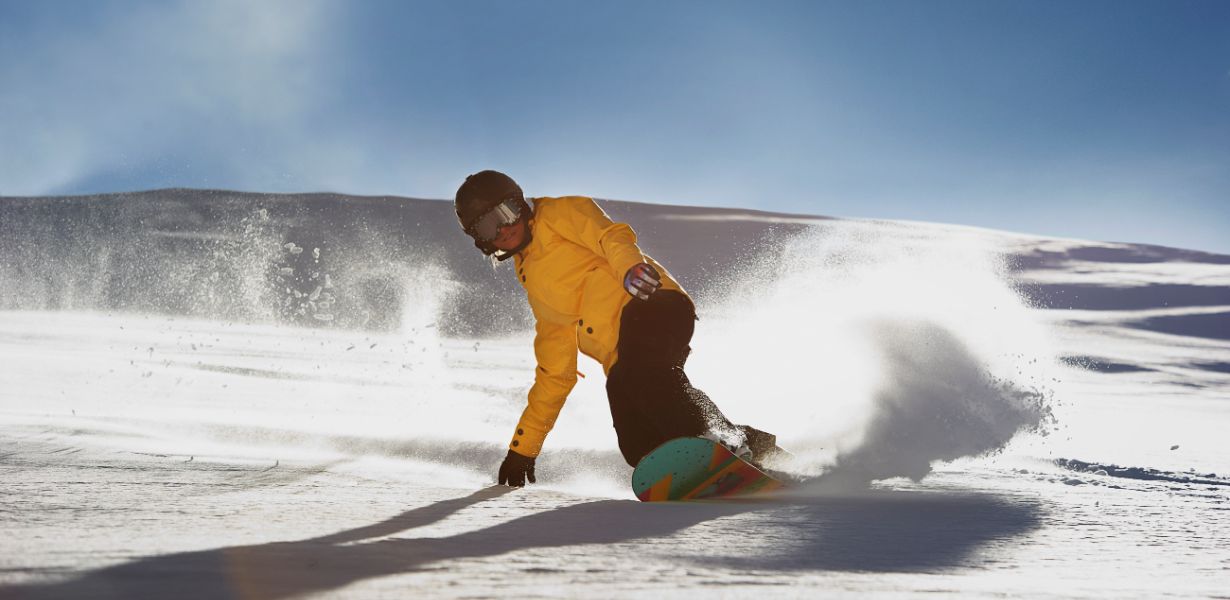
Avalanche Safety 2.0 has arrived, introducing a new era of security for skiing and snowboarding enthusiasts. As winter sports continue to captivate adventurous spirits, the need for heightened safety measures becomes increasingly evident. In this comprehensive guide, we delve deep into the latest advancements, techniques, and tools that redefine avalanche safety, ensuring a more secure and enjoyable mountain experience.
The Evolution of Avalanche Safety
In recent years, the winter sports community has witnessed a significant transformation in avalanche safety. The traditional approach, characterized by transceivers, shovels, and probes, is now complemented by cutting-edge technology and innovative strategies.
Technology's Role in Avalanche Safety
Modern technology has played a pivotal role in shaping Avalanche Safety 2.0. Satellite technology, drones, and AI-powered forecasting models work together to predict and mitigate potential avalanche risks.
Satellite Tracking
Satellite-based tracking systems provide real-time information on snowpack conditions. They offer skiers and snowboarders valuable insights into the snow's stability, minimizing the risk of avalanche accidents.
AI-Powered Avalanche Forecasting
Artificial intelligence analyzes vast amounts of data to create accurate avalanche forecasts. These forecasts empower winter sports enthusiasts to make informed decisions about when and where to ride.
Avalanche Safety Equipment
No discussion of Avalanche Safety 2.0 is complete without an examination of the advanced equipment designed to keep winter sports enthusiasts safe.
Avalanche Airbags
Avalanche airbags have become a game-changer in safety gear. These wearable devices increase the chances of staying on the surface during an avalanche, dramatically improving survival rates.
Avalanche Transceivers: Smart and Compact
Traditional avalanche transceivers have evolved. They are now more compact, smarter, and user-friendly, enhancing the chances of successful rescue operations.
Education and Training
Avalanche Safety 2.0 isn't just about gadgets and gizmos. Education and training are fundamental in ensuring the safety of skiers and snowboarders.
Avalanche Safety Courses
Numerous organizations offer specialized avalanche safety courses. These courses cover essential topics like avalanche awareness, decision-making, and rescue techniques.
Comprehensive Training
In Avalanche Safety 2.0, skiers and snowboarders are encouraged to undergo comprehensive training. These training programs focus on understanding snow science, terrain assessment, and group dynamics.
Avalanche Safety and the Environment
Understanding the environment is crucial in Avalanche Safety 2.0. Skiers and snowboarders must respect nature while enjoying winter sports.
Leave No Trace Principles
The Leave No Trace principles are essential in preserving the fragile mountain ecosystem. Responsible winter sports enthusiasts ensure they do not harm the environment while engaging in their favorite activities.
Climate Change Awareness
Climate change has a significant impact on avalanche patterns. Skiers and snowboarders must be aware of the changing environment and adapt their safety measures accordingly.
Final Words
Avalanche Safety 2.0 is not just a buzzword; it's a reality. Winter sports enthusiasts can now enjoy the thrills of skiing and snowboarding with a greater sense of security, thanks to advanced technology, improved equipment, and comprehensive education. As you prepare for your next mountain adventure, remember that safety should always be your top priority. Stay informed, stay equipped, and most importantly, stay safe.
Commonly Asked Questions
Q1: What are the essential items for avalanche safety?
A1: Essential items for avalanche safety include an avalanche transceiver, a probe, a shovel, and an avalanche airbag. Additionally, knowledge and training in avalanche safety are crucial.
Q2: How does AI improve avalanche forecasting?
A2: AI processes vast amounts of data, including weather conditions and snowpack data, to create accurate avalanche forecasts. This technology helps skiers and snowboarders make informed decisions.
Q3: What should I do if caught in an avalanche?
A3: If caught in an avalanche, try to stay on the surface by swimming movements. Deploy your avalanche airbag if you have one. If buried, use your transceiver to guide rescuers to your location.
Q4: Are avalanche safety courses necessary for beginners?
A4: Avalanche safety courses are highly recommended for beginners. They provide essential knowledge and skills to make informed decisions and respond effectively in avalanche situations.
Q5: How can I contribute to avalanche safety and the environment?
A5: You can contribute to avalanche safety and the environment by staying informed, respecting Leave No Trace principles, and supporting climate change awareness initiatives within the winter sports community.





